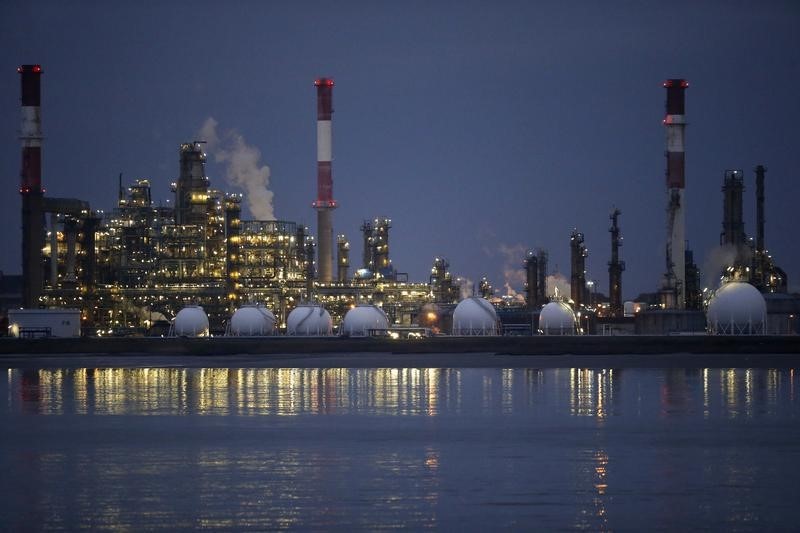
Investing.com– Oil prices rose slightly in Asian trade on Monday as traders weighed an increased risk premium on heightened geopolitical tensions in Syria, although concerns over weakening demand persisted.
Concerns over softer demand saw crude clock losses last week, although these were tempered by heightened tensions between Israel and Lebanon keeping some risk premium in play. The situation in Syria- where rebels overthrew the Bashar al-Assad regime- is expected to add to this trend.
But weak inflation data from China showed continued signs of economic strain in the world’s biggest oil importer, limiting gains in crude and keeping concerns over slow demand largely in play.
expiring in February rose 0.3% to $71.34 a barrel, while rose 0.3% to $67.20 a barrel by 20:38 ET (01:38 GMT).
Oil prices took little support from the OPEC+ agreeing to extend its ongoing supply cuts until at least April 2025. The cartel is set to release its monthly report on Wednesday.
Syria tensions keep oil risk premium in play
Syrian rebel forces seized the capital Damascus after 13 years of civil war, as reports said President Bashar al-Assad had fled to Russia.
Al-Assad’s sudden ouster- by a group partly backed by Turkey and with deep ties to the Sunni Islamic sect- limits Iran’s foothold in the Middle East, and could also cost Russia a naval base in the Mediterranean.
But traders were now watching to see just what a regime change will entail for Syria and the Middle East, especially in the area of oil production. While Syria’s output was almost entirely eroded by a long-running civil war, production could increase under a more moderate government.
On the other hand, Iran’s softer hold on the Middle East could embolden the incoming Donald Trump administration in the U.S. to impose harsher restrictions on the country, limiting supplies.
Still, Syria’s situation adds to ongoing geopolitical tensions caused by the Israel-Hamas war. Reports said Israeli forces had also entered Syria.
Demand woes persist as China CPI underwhelms
But despite an increased risk premium, gains in oil prices were limited by persistent concerns over slowing demand.
Soft from China added to the mix, as private spending in the country showed little signs of improving despite aggressive stimulus measures.
Beyond China, uncertainty over long-term U.S. interest rates and policies under the Trump administration also weighed.
The OPEC’s decision to extend supply cuts was perceived negatively by oil markets, given that it signaled dwindling faith that demand will improve.

